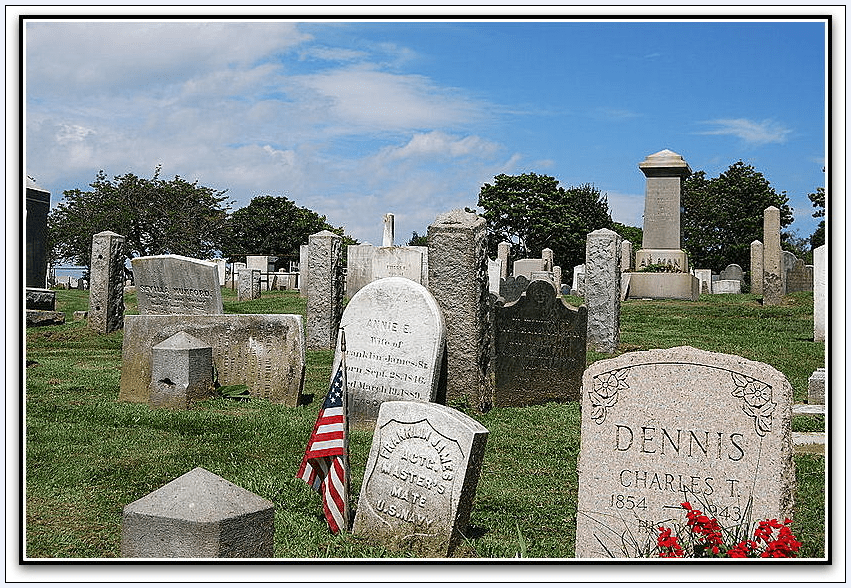Are you looking to revitalize your genealogical society in 2015?

Looking for a project that will make a landmark contribution to family history with strong appeal to the members of your society?
Pay it forward and document a local cemetery in your area—and put that information online. Make it a team effort to record and document every person in one of your local cemeteries.
Genealogical societies have long documented local cemeteries, often publishing their results in journals, card file indexes and published books. Now it’s time to put this information online with the 21st century tools that are so widely available.
Consider the local cemeteries in your area. Make a plan: select one cemetery and work together to put the images of each tombstone and genealogical information for that cemetery online.
Points to consider:
- How many persons are buried in the cemetery you select? Make sure that it is a reasonable number so that your society can complete the project, building enthusiasm to tackle the next cemetery in town.
- Make sure that the information carved on each stone can be easily read. Take sharp, clear, close-up photos of each tombstone. Some stones have inscriptions on more than one side, so be sure to include images of all sides.
- Where should you put these grave images online?
- You want to put them online with no copyright restrictions. Put the images in the public domain so that they can be copied and freely used by all interested relatives and family historians.
Some of the popular online cemetery sites copyright the images added by volunteers, and do not permit these same images to be posted or used by genealogists on other websites or to be published in family history books.
When you post an image online, be sure to state in the image description that the tombstone images your genealogy society generates are fully in the public domain and available for any individuals to use.
I suggest that you post each image to multiple sites like: FamilySearch; Facebook; Flickr; Pinterest; Find-a-Grave; BillionGraves, etc. By putting each individual tombstone image on multiple sites you can ensure that the image will remain freely available and permanently online in the public domain.
Why these free sites? By putting the images and information on multiple, free sites like these, you ensure that the genealogical information is:
- Easy to find
- Widely indexed on the search engines
- Easy for interested relatives to add to that person’s story—posting more information, photographs and documents
- “Mainstreamed” so that your society’s efforts are permanently preserved and findable
Make this one of your society’s goals for 2015.
Let us know what your society’s other goals are in 2015.
Related Articles: